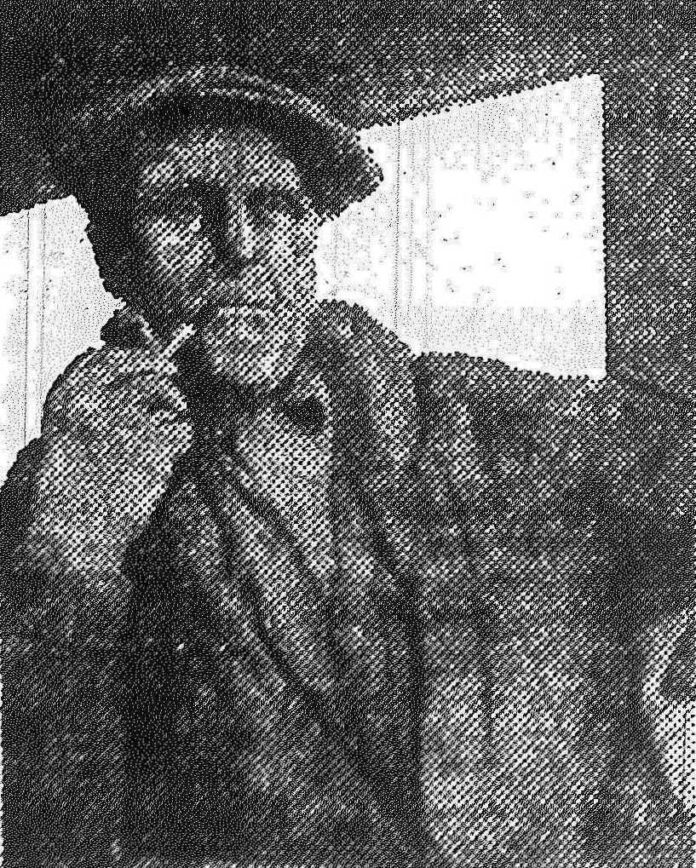Stratford’s Resident Parrot
By David Wright
Town Historian
Stratford’s Resident Parrot
The monk parrot’s name (aka monk parakeet and quaker parakeet) originated from its unique head feathering pattern which resembles a monk’s hood.

When one thinks of parrots, warm jungle climes in the tropics are usually brought to mind. In the case of the monk parakeet, balmy climate is not a requisite to survival.
Monk parakeets are one of the only birds to utilize a nest twelve months of the year. Inside that nest, in freezing cold conditions, monk parakeets remain dry and relatively warm.
Monks were first reported in the United States in the mid-1960s. Argentina had begun exporting what the Argentinians considered an agricultural pest, to America to reduce the number of monks living in the wild.
During the 1960s and 1970s, monks were marketed at five and dime stores, like Woolworths, for $5 or less. The birds were loud, and thrived on biting anyone handling them whom they did not care for (which was pretty much everyone).
As a result, the common solution to solving a pet monk’s biting habit was to release the monk to the out-of-doors. Rather than dying, as most parrots would have, monks began thriving, and mating, all over America.
Monks were first reported in Connecticut in 1968. Their founding colony was on Old Battery Road in the Black Rock section of Bridgeport. A microburst on Old Battery Road brought down the main monk parakeet nesting tree, and with it about 85, or so, monk parakeet nests.
The displaced birds began building new homes throughout the local area, including Fairfield, Westport, Stratford, Milford, and West Haven. Stratford has colonies in the center of town, in Lordship, and at Boothe Memorial Park.

The Stratford News
August 24, 1972
Nature’s Ways
Reaction emotional on monk parrots
By Wayne Hanley
Expect an emotional argument soon over what should be the fate of the monk parrots that now are invading New England.
For the last four or five years, these foot-long greenish parrots with gray breasts have been breeding in the wild in New York.
…Monk parrots in the wild cause two reactions which tend to clash head-on. It is another wild bird for birdwatchers to list. But, it is a most destructive pest, particularly damaging to fruit and to some truck garden crops.
Many ornithologists believe that the parrot should be stamped out immediately, if it is not too late already to accomplish the goal. While they expect the bird listers to protest, ornithologists point out that after the first blush a newly established immigrant bird loses glamour. After all, listers once were avid to check off on their annual lists both the house (English) sparrow and the starling. Today no one pays attention to either bird.
One reason ornithologists suggest quick action against the parrots is because they fear damage to native birds if mass eradication of the parrots is attempted after they become well-established.
…When monk parrots first were noted in the wild a decade ago, there was little concern about them. In their native range, they nest in the Southern Hemisphere summer–which consists of our winter months. Their first nesting attempts in the New York area occurred in winter, and the eggs apparently succumbed to cold. Recently the birds have changed their ways and now nest in the northern spring.



